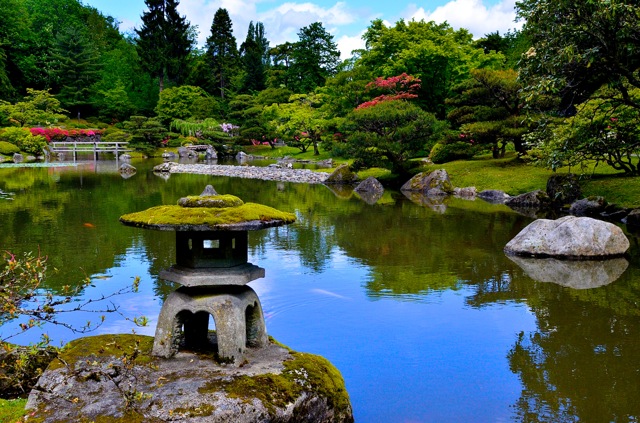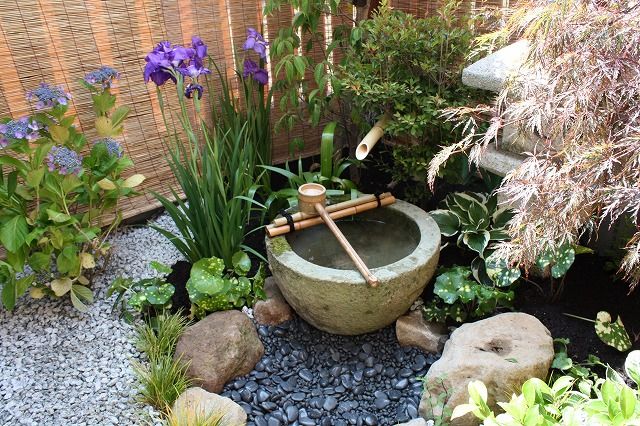How to Create a Japanese Landscape
The purpose of a Japanese landscape would be to present a mini form of the natural mountains, rivers, streams and lakes of Japan. While the majority of these adelaide landscape gardens are usually designed in tiny rooms, they nevertheless offer you the illusion of space and distance, while at the exact same time they catch a feeling of inner calmness and tranquility. Actually, it is the best setting for reflection and meditation.
In Japan, there are hundreds of landscapes that are readily available to the people and therefore are deemed ideal for meditation and relaxation. These landscapes normally have seascapes, nature landscapes, mountain ranges and many different water features. These are often used as a starting point for the invention of a adelaide landscape gardens.
A Japanese landscape is typically made of rock, stone, bricks and gravel. The bricks and stones are carefully arranged in a complex layout to create the ideal makeup for a Japanese garden. Stone walls and floors are employed in a variety of sizes. The water feature or ponds are usually put on top of those walls. Many people believe that the blend of stone, stones and gravel are extremely ideal for a comfort and restful experience.
Water is also very significant at a Japanese garden. A waterfall fountain is occasionally used. A water pond is occasionally made by filling a stone basin with water and generating a waterfall around it. This is then made into a great Japanese landscape by using rocks and bricks to create the bottom and sides of the pond.
https://youtu.be/vFlXSGJeUf4
Another aspect of a Japanese landscape is using planters and fountains. These are commonly found in ponds and in little all-natural stone formations that surround the pond. The lanterns are lit so as to create the illusion that the whole world is really around you. A good illustration of this would be a koi pond where the fish are kept swimming around a lantern.
The adelaide garden water system ought to not just possess the traditional elements such as rocks and stones, but it should also have a number of the more contemporary elements. The usage of statues or perhaps artificial plants can help to bring in a few of the more modern styles of Japanese design. These are usually hand carved and are manufactured using conventional materials.
There are many things that make a Japanese landscape ideal for a backyard. One of the main aspects is the use of lighting. As stated above, this can come from both the water and lanterns.
The other major element of a Japanese landscape is the use of trees. Trees such as pine trees are very easy to grow in the Western environment. They make for great companions during the night, particularly when surrounded by the flickering lights of the own figurines.
The inclusion of water is also significant at a Japanese landscape. Waterfalls and ponds are often surrounded by water, so it’s easy to make a peaceful and relaxing surroundings by filling a pond with water and using a waterfall fountain. The pond is then surrounded with a big rock formation, which generates the ideal base for an artificial pond, and this will function as a focal point and provide much needed privacy during the evening.

One thing that’s been added recently to the Japanese gardens would be using plants. These can vary from simple varieties to people who are imported from China or other areas of Asia. Plants are great for providing a relaxing tones of color to the landscape without overwhelming it.
At times, plants are blended with rock structures such as rocks or trees in order to create an outdoor place. A stone wall socket can be created by filling a rock basin with water and setting a lantern over it. Utilizing this exact same arrangement, one can make a waterfall using bricks or stones.
A traditional Japanese garden doesn’t need to be as complex as it appears. It may be simple and lovely, depending on what can be used and how carefully one assembles it.

